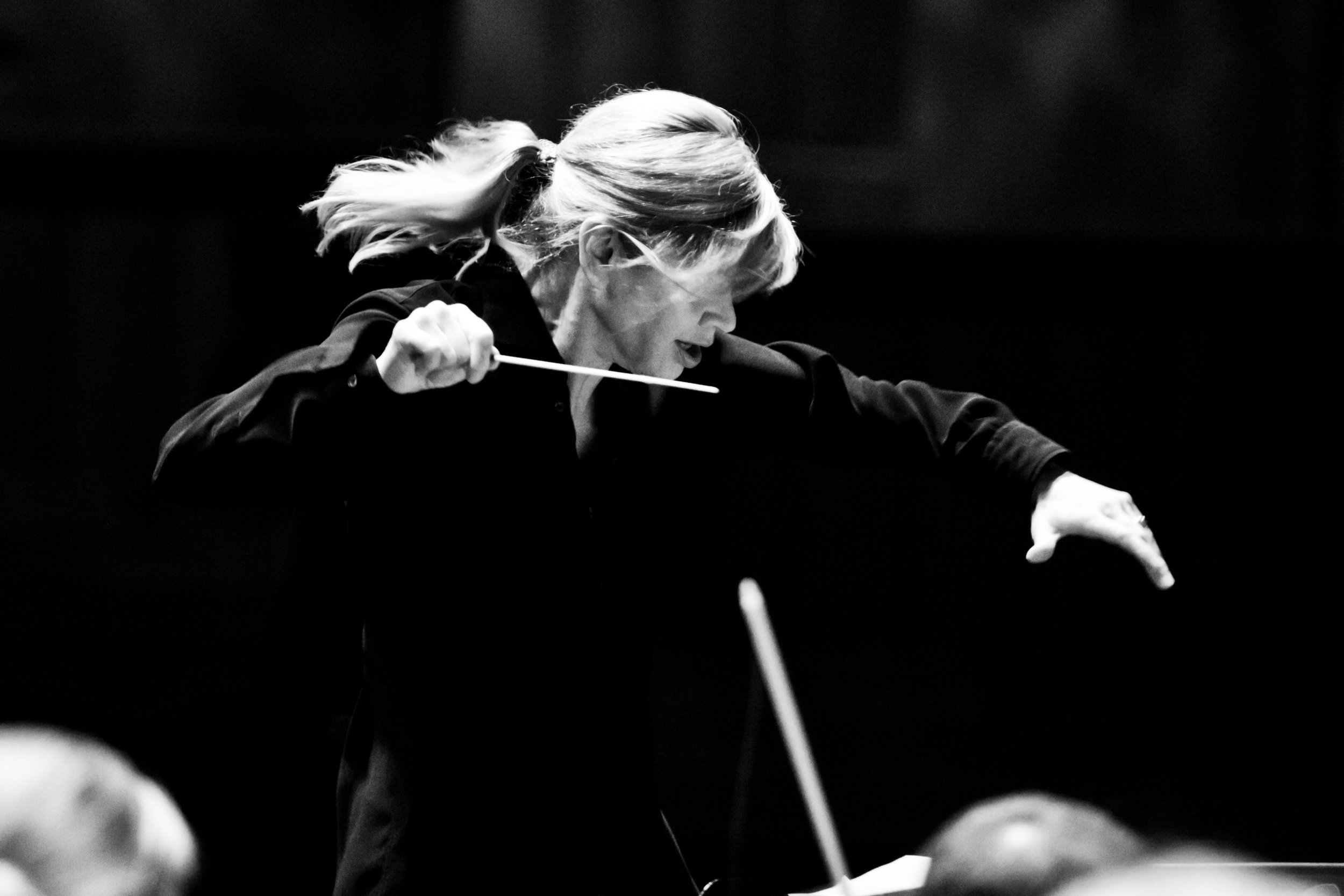In early 2023, filmmaker Larry Weinstein set out to make a documentary about Beethoven’s Ninth Symphony. It was supposed to be about how far we have come in the two hundred years since it was written. But when world events pull Larry into his own film, the question becomes a deeply personal one.
Beethoven’s Nine is a documentary about music, but also about war and hope. It follows nine unique individuals, including Ukrainian musicians, a deaf composer, a Polish rock star, a best-selling author, a legendary cartoonist and Weinstein himself, as they try to better understand the legacy of Beethoven’s Ninth, the composer’s own struggles, the inspiration music can provide and how humanity continues to look for hope even in the darkest times. Featuring Keri-Lynn Wilson and the Ukrainian Freedom Orchestra.
Watch a snippet of the Live performance from the inaugural concert of the Ukrainian Freedom Orchestra’s 2024 Beethoven Nine Freedom Tour July 12, 2024 Eglise St. Eustache, Paris.
About Beethoven’s Ninth Symphony
Also known as the “Choral Symphony,” stands as a monumental work in the history of classical music. Premiered on May 7, 1824, in Vienna, it marked Beethoven’s first symphony in nearly a decade and his final complete symphony. Despite his profound deafness, Beethoven’s Ninth Symphony is celebrated for its innovative structure, emotional depth, and its pioneering use of choral elements in the final movement, making it one of the most influential compositions in Western music.
Beethoven composed his Ninth Symphony during a period of personal turmoil and triumph. Struggling with his worsening deafness, financial difficulties, and political upheaval in Europe, Beethoven channeled his frustrations and hopes into his music. The Ninth Symphony, a culmination of his symphonic work, reflected his indomitable spirit and his belief in the universal brotherhood of humanity.
The symphony was commissioned by the Philharmonic Society of London in 1817, but Beethoven did not begin serious work on it until 1822. The composition process was intense and arduous, with Beethoven meticulously crafting each movement to express a wide range of human emotions and ideas.
The Ninth Symphony is notable for its ambitious scale and innovative features. It is structured in four movements, each with distinct characteristics:
- Allegro ma non troppo, un poco maestoso: The first movement is grand and expansive, characterized by its bold, dynamic themes and complex development. It sets the tone for the symphony’s dramatic and monumental nature.
- Molto vivace: The second movement is a lively scherzo, featuring vigorous rhythms and intricate counterpoint. Its contrasting trio section offers a lyrical and flowing melody, providing a moment of respite before the energetic scherzo returns.
- Adagio molto e cantabile: The third movement is a slow, lyrical adagio, often considered one of Beethoven’s most beautiful creations. It showcases his ability to convey deep emotion and serenity, with long, singing lines and gentle harmonies.
- Presto – Allegro assai: The final movement is the most groundbreaking, incorporating a full chorus and vocal soloists in the famous “Ode to Joy.” This movement is a set of variations on Friedrich Schiller’s poem “An die Freude” (Ode to Joy), celebrating universal brotherhood and the triumph of joy over despair. The integration of vocal elements was revolutionary, expanding the symphonic form and paving the way for future composers.
The “Ode to Joy”
The “Ode to Joy” is the most iconic segment of the Ninth Symphony. Beethoven’s setting of Schiller’s text captures the essence of human aspiration and the quest for unity and peace. The choral finale begins with a dramatic orchestral introduction, followed by the solo baritone’s recitative, which leads into the famous theme. The chorus and soloists then alternate, building to a powerful and uplifting conclusion.
Beethoven’s Ninth Symphony has left an indelible mark on music and culture. It has been performed and recorded countless times, inspiring audiences worldwide with its message of hope and unity. The symphony has transcended its original context, becoming a symbol of resilience and the human spirit.
In 1972, the “Ode to Joy” was adopted as the anthem of the European Union, symbolizing peace and solidarity among nations. The symphony’s universal appeal and profound emotional impact have ensured its place in the repertoire of orchestras and choirs around the globe.
Beethoven’s Ninth Symphony is a testament to the power of music to express the deepest human emotions and ideals. Its innovative structure, emotional depth, and the groundbreaking inclusion of choral elements in the final movement make it a timeless masterpiece.

Leave a Reply